Water elements have long been an integral part of architectural design, serving both aesthetic and functional purposes. From tranquil fountains to large reflecting pools, these elements not only enhance the beauty of a space, but also create a sense of tranquility and connection to nature. As we explore the world of water elements in architecture, we will identify their various types and functions, explore their historical context, examine their cultural significance, understand their relationship to environmental design, and highlight global trends in their integration into modern architecture.
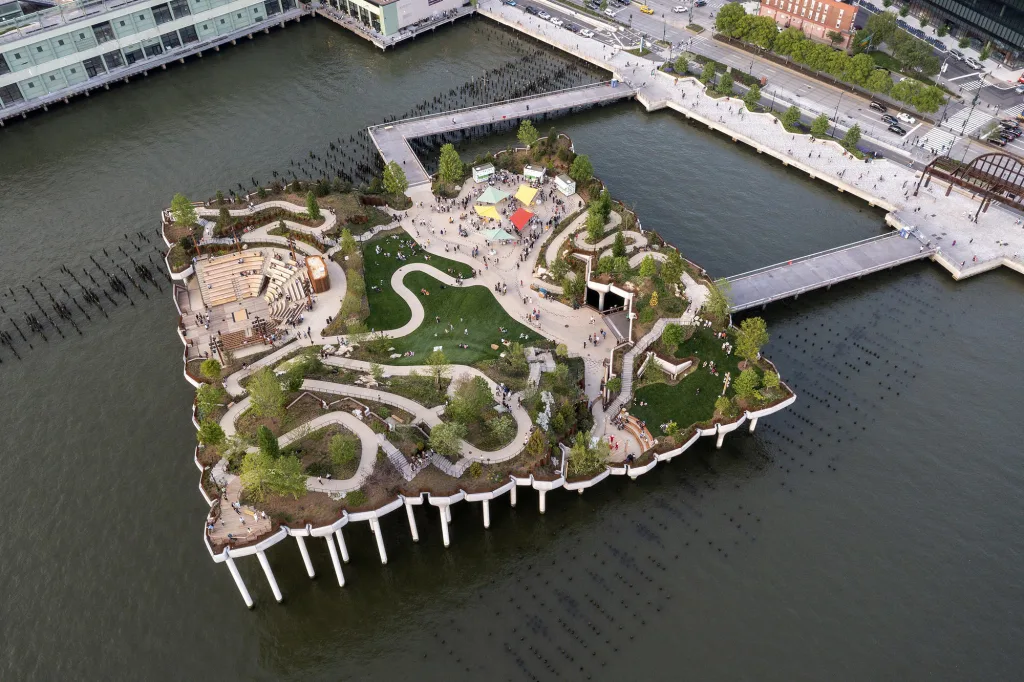
Identification of Water Properties: Types and Functions
Water features encompass a wide range of elements that incorporate water into architectural design. These include fountains, ponds, waterfalls, streams and swimming pools. Each water feature serves different functions while contributing to the overall ambience of a space.
For example, fountains can serve as focal points in gardens, plazas or courtyards, drawing attention and inviting visitors to stop and enjoy their beauty. They can also provide soothing sounds that mask city noise, creating a peaceful sanctuary in bustling environments. Reflecting pools offer a sense of calm and contemplation, allowing the reflection of the surrounding architecture and nature.
Water features can also play functional roles in environmental design. For example, they can help stormwater management by capturing and filtering rainwater, reducing surface runoff and encouraging groundwater recharge. Furthermore, water features can enhance microclimates, cooling the surrounding air and providing a more comfortable outdoor environment.
Historical Context: The Role of Water in Traditional Architecture
Throughout history, water has played an important role in architectural design, often symbolizing life, purity and prosperity. In many ancient civilizations, such as the Egyptians and Romans, water features were an integral part of public spaces and private gardens. The splendor of Roman aqueducts and the intricate designs of fountains in palaces exemplify the importance of water in both functionality and aesthetics.
In Islamic architecture, water features are often central to the design of gardens and courtyards, reflecting the cultural emphasis on tranquility and contemplation. The use of water in these spaces is not merely decorative; it serves to create a sensory experience that stimulates the senses of sight, sound and touch.
As architecture has evolved, the role of water features has continued to adapt. In the Renaissance, water was celebrated in elaborate garden designs, while in the 19th century public parks with lakes and fountains rose to prominence, providing urban dwellers with a respite from city life. This historical context underscores the enduring importance of water in architectural design and shapes how we interact with our built environments.
Cultural Significance: Water as a Symbol of Life and Peace
Water has a deep cultural significance in various societies and often symbolizes life, renewal and peace. In many cultures, water is seen as a source of nourishment and fertility, representing the cycles of nature and the interconnectedness of all living things. This symbolic value is often reflected in architectural design, where water features are used to evoke feelings of peace and harmony.
In Eastern philosophies such as Feng Shui, water is considered a vital element that promotes balance and positive energy. Placing water elements in gardens and homes is believed to increase prosperity and wealth. Similarly, in many spiritual traditions water is associated with purification and renewal, making it a powerful symbol in religious architecture.
The cultural significance of water goes beyond symbolism; it also influences the design and placement of water features in public and private spaces. By incorporating water into architecture, designers can create environments that resonate with cultural values and foster a sense of community and connection.
Understanding the Relationship between Water Features and Environmental Design
The environmental benefits of integrating water features into architectural design are increasingly recognized. Water features can play an important role in sustainable design by managing stormwater, increasing biodiversity and improving air quality.
Incorporating water features into landscapes can help reduce the impacts of urbanization by capturing and filtering rainwater. This not only reduces surface runoff, but also allows groundwater to recharge, contributing to healthier ecosystems. Furthermore, water features can support biodiversity in urban environments by creating habitats for wildlife.
Moreover, the presence of water can enhance microclimates, providing cooling effects that reduce the need for energy-intensive air conditioning. This relationship between water features and environmental design emphasizes the potential for architecture to harmonize with natural systems, promoting sustainability and resilience in our built environments.
Global Trends: Increasing Integration of Water Features in Modern Architecture
In recent years, there has been a notable trend towards integrating water features into modern architectural design. As urban areas continue to grow, architects and planners are realizing the importance of creating spaces that promote well-being and connection to nature. Water features are increasingly seen as key elements that enhance the quality of life in urban environments.
From contemporary public parks with interactive water installations to residential designs with private pools and gardens, the integration of water is becoming increasingly common. Innovative technologies such as water recycling systems and smart irrigation are also being used to enhance the sustainability of these features.
Furthermore, the aesthetic appeal of water features continues to inspire architects to push the boundaries of design. Modern water features often incorporate artistic elements, creating visually stunning installations that stimulate the senses and invite exploration.
As a result, water features play an important role in architectural design and provide numerous aesthetic, cultural and environmental benefits. As we continue to explore the relationship between water and architecture, it is clear that these elements will play an increasingly vital role in shaping our built environments, promoting sustainability, tranquility and a deeper connection with nature.
Benefits of Incorporating Water Features
Incorporating water features into architectural design offers numerous benefits that go beyond mere aesthetics. From enhancing visual appeal to promoting biodiversity, water features play a vital role in creating harmonious and sustainable environments. This research will examine the aesthetic appeal of water features, their calming soundscapes, their role in microclimate regulation, their support for wildlife habitats, and highlight successful case studies that demonstrate their benefits.
Aesthetic Appeal: Enhancing Visual Interest and Beauty
One of the most immediate benefits of incorporating water elements into architectural design is their aesthetic appeal. Water has the unique ability to attract attention and create focal points within a space. Whether it’s a large fountain in a public square, a tranquil pond in a garden or a stylish reflecting pool in a modern building, water features add a layer of beauty and elegance that enhances the overall design.
The visual interest created by water features can transform ordinary spaces into extraordinary ones. The interaction of light on the water surface, the movement of flowing water and the reflections of the surrounding architecture and nature contribute to a dynamic visual experience. This aesthetic quality not only elevates the design, but also invites people to interact with the space, encouraging them to pause, reflect and appreciate their surroundings.
Soundscapes The Calming Effects of Water Sounds
Water features also contribute to the aural landscape of a space, providing soothing soundscapes that promote relaxation and tranquility. Whether it comes from a bubbling fountain or a cascading waterfall, the soft sounds of running water can mask unwanted noise in urban environments, creating a peaceful retreat for visitors.
Research has shown that natural sounds such as water have a calming effect on the human psyche, reducing stress and promoting well-being. This makes water elements particularly valuable in public spaces, parks and gardens where people want to get away from the hustle and bustle of everyday life. By incorporating water features, architects and designers can create a calm and peaceful environment.
Microclimate Regulation: Cooling Effects of Water Properties
In addition to aesthetic and aural benefits, water features also play an important role in regulating microclimates in urban environments. The presence of water can significantly cool the surrounding air, creating a more comfortable outdoor environment, especially in hot climates.
As water evaporates, it absorbs heat from the air, creating a cooling effect that can lower temperatures in nearby areas. This natural cooling process can contribute to overall energy efficiency by reducing the need for energy-intensive air conditioning in adjacent buildings. Designers can increase comfort and promote sustainability by strategically placing water features in urban landscapes.
Furthermore, the cooling effects of water features can encourage outdoor activities, making public spaces more inviting and enjoyable for both residents and visitors. This increased use of open spaces can further enhance the quality of life in urban areas by encouraging community participation and social interaction.
Wildlife Habitat: Promoting Biodiversity in Urban Environments
Water features also support biodiversity in urban environments by serving as vital habitats for wildlife. Ponds, streams and wetlands can create thriving ecosystems in urban environments by attracting a variety of species such as birds, amphibians, insects and aquatic life.
By incorporating water features into architectural design, planners can create green corridors that connect habitats and encourage wildlife movement. These features not only enhance the ecological value of urban areas, but also provide opportunities for residents to connect with nature and observe wildlife.
The presence of water can also contribute to improving water quality in urban environments. Well-designed water features can filter pollutants and provide natural habitats for beneficial organisms that help maintain a healthy ecosystem. Integrating nature into urban design in this way enhances a sense of stewardship and encourages communities to value and protect their local environment.
Case Studies: Successful Projects with Water Features
Many successful projects around the world exemplify the benefits of incorporating water elements into architectural design. One notable example is the High Line in New York City, an elevated park featuring a variety of water elements, including fountains and reflecting pools. These water elements enhance the aesthetic appeal of the park, while providing calming soundscapes and cooling effects in the urban environment.
Another inspiring example is Gardens by the Bay in Singapore, which showcases stunning water features integrated into the landscape design. The park features a large lake, waterfalls and misting systems that create a lush, tropical environment. These water features not only enhance the beauty of the gardens, but also support biodiversity and provide cooling effects in a hot climate.
Also in Canada, the Vancouver Convention Center features a living roof with integrated water features that support sustainability and biodiversity. The design incorporates rainwater management systems that support local flora and fauna while providing aesthetic and functional benefits.
These case studies highlight the diverse applications and benefits of water features in architectural design, demonstrating their ability to enhance aesthetics, promote well-being and support environmental sustainability.
In conclusion, the incorporation of water features in architectural design offers numerous benefits that enrich both the built environment and users’ experiences. From enhancing visual appeal and creating calming soundscapes to regulating microclimates and supporting wildlife habitats, water features play a vital role in promoting sustainability and well-being in our communities. As architects and designers continue to explore innovative ways to integrate water into their projects, the positive impact of these features will undoubtedly shape the future of architecture.
Types of Water Features in Architecture
Water elements in architecture come in a variety of forms, each offering unique aesthetic, functional and experiential benefits. From the gentle flow of a fountain to the serene stillness of a reflecting pool, these elements can transform spaces, enhance environmental quality and create a deeper connection between people and nature. This research will examine four important types of water features: fountains, ponds and lakes, waterfalls and reflecting pools, their design variations and their impact on architectural spaces.
Fountains Design Variations and Impacts
Fountains are perhaps the most iconic water features in architecture, renowned for their ability to mesmerize and intrigue. They come in countless designs, from classic, ornate structures that evoke historical grandeur to sleek, modern installations that embody minimalism.
The impact of a fountain extends beyond its visual appeal. The sound of flowing water can create a relaxing atmosphere, making it a popular choice for public parks, plazas and gardens. Fountains can act as focal points, drawing people in and encouraging social interaction. In urban settings, they can provide a refreshing contrast to the surrounding concrete, offering a moment of tranquility amidst the hustle and bustle.
Fountains can also be designed to incorporate interactive elements such as splash pads for children or programmable water screens that react to music or light. These variations not only enhance the aesthetic experience, but also create engaging environments that invite participation and discovery.
Ponds and Lakes: Integrating Natural Water Structures into Design
Integrating natural bodies of water such as ponds and lakes into architectural design can create harmonious landscapes that promote biodiversity and ecological balance. These large bodies of water can serve as vital habitats for a variety of wildlife, including birds, amphibians and aquatic plants, and enrich the surrounding environment.
Ponds and lakes can be designed to blend seamlessly with their surroundings and often include native vegetation and natural landscaping that enhance the ecological value of the area. They can also provide recreational opportunities such as fishing, canoeing or simply enjoying a peaceful day by the water’s edge.
In addition to their ecological benefits, ponds and lakes can have a significant impact on the aesthetic and experiential qualities of an area. The reflective surface of a lake can create stunning visual effects by reflecting the sky and surrounding landscape, while the gentle lapping of water can provide a calming aural backdrop. These natural bodies of water invite contemplation and relaxation, making them ideal for parks, gardens and residential projects.
Waterfalls Creating Dramatic Visual and Auditory Experiences
Waterfalls are powerful water features that can create dramatic visual and auditory experiences in architectural design. The sight and sound of cascading water evokes a sense of movement and vitality, drawing people in and creating a dynamic atmosphere.
Architecturally, waterfalls can be designed in a variety of styles, from natural designs that mimic the look of a mountain stream to more structured, contemporary installations that use sleek materials and geometric shapes. The choice of design can significantly influence the overall ambience of a space, whether it is a serene retreat in a garden or a bold statement in a public plaza.
The aural experience of a waterfall is equally impactful. The sound of flowing water can mask city noise, creating a peaceful oasis in crowded environments. This calming effect makes waterfalls a popular choice for therapeutic spaces such as spas and wellness centers where relaxation and tranquility are paramount.
Furthermore, waterfalls can be integrated with lighting elements to create stunning visual displays at night. Illuminated waterfalls can transform a space, enhance its beauty and create a magical atmosphere that mesmerizes visitors.
Reflecting Pools: Improving the Perception of Light and Space
Reflecting pools are elegant water features that serve to enhance the perception of light and space in architectural design. These shallow bodies of water effectively blur the boundaries between water and land by creating a mirror-like surface that reflects surrounding elements such as trees, buildings and sky.
The design of a reflecting pool can vary widely, from simple rectangular shapes to more complex, organic forms. Regardless of the shape, reflecting pools are often used to create a sense of peace and contemplation, inviting visitors to pause and interact with their surroundings.
In addition to their aesthetic qualities, reflecting pools can also enhance the overall spatial experience of a space. By reflecting light and surrounding features, they can create a sense of depth and openness, making spaces feel larger and more inviting. This effect is particularly valuable in urban environments where reflecting pools can provide a moment of calm amongst the density of buildings.
Reflecting pools can also be designed to incorporate lighting to create stunning visual effects at night. The interaction of light on the water surface can transform a space and add a mesmerizing quality that enhances the overall experience.
As a result, the various water elements in architecture – fountains, ponds and lakes, waterfalls and reflecting pools – each offer unique benefits that enrich the built environment. By carefully incorporating these elements into design, architects and planners can create spaces that promote tranquility, enhance aesthetics and foster a deeper connection with nature. As we continue to explore innovative ways to integrate water into architectural design, the positive impact of these features will undoubtedly shape the future of our built environments.
Design Considerations for Water Features
Designing water features requires careful consideration of various factors to ensure that they are not only aesthetically pleasing, but also functional, safe and sustainable. From site analysis and integration with the landscape to water management and safety considerations, each element plays a vital role in the successful implementation of water features in architectural design. This exploration will examine these key design considerations, providing insights into creating harmonious and effective water features.
Site Analysis: Assessment of Location and Environmental Conditions
A thorough site analysis forms the basis for successful water feature design. Assessing the location involves understanding the existing environmental conditions, including topography, soil type, drainage patterns and climate. These factors can significantly influence the design and functionality of the water feature.
For example, understanding the natural water flow on the site is crucial to determine the best location for a pond or fountain. If the site receives heavy rainfall, it may be necessary to design features that can manage excess water and prevent flooding. In addition, soil conditions can affect the feasibility of certain water features; for example, clay soils may hold water better than sandy soils, affecting the design of ponds or lakes.
Climate is another important consideration. In hot and arid regions, water features may require more frequent maintenance and water replenishment, while in cooler climates freezing temperatures should be considered. By conducting a thorough site analysis, designers can make informed decisions that enhance the functionality and sustainability of the water feature.
Integration with Landscape: Harmonizing Water Features with the Environment
Integrating water features into the surrounding landscape is essential to create a harmonious and coherent design. The aim is to ensure that the water feature complements the existing natural and built environment and enhances the overall aesthetic appeal.
When designing a water feature it is very important to consider the surrounding vegetation, topography and architectural elements. For example, a pond can be designed to blend seamlessly with native plants, creating a natural setting that attracts wildlife and increases biodiversity. Similarly, fountains can be strategically placed in gardens or plazas to draw attention to key architectural features or pathways.
The materials used in the construction of water features should also be in harmony with the landscape. For example, natural stone can create a more organic feel, while sleek metal or glass may be more appropriate for modern designs. By carefully considering these elements, designers can create water features that feel like an integral part of the landscape rather than an afterthought.
Water Management: Addressing Circulation, Filtration and Maintenance
Effective water management is essential for the longevity and functionality of water features. This includes addressing circulation, filtration and maintenance to ensure clean, healthy water and a sustainable design.
Circulation is crucial in ponds and lakes to prevent stagnation and promote oxygenation. Designers should consider using pumps and circulation systems that keep the water moving; these systems not only enhance aesthetic appeal but also support aquatic life. In fountains, the design should facilitate the continuous flow of water, creating dynamic visual effects while ensuring proper circulation.
Filtration systems are also vital for maintaining water quality. Depending on the size and type of water feature, a variety of filtration methods can be used, from mechanical filters to biological filtration systems using plants and beneficial bacteria. These systems help remove debris and contaminants, keeping the water clear and healthy.
Maintenance is another critical aspect of water management. Designers should consider ease of maintenance when planning water features and ensure that access points are available for cleaning and maintenance. Regular maintenance schedules should be established to address issues such as algae growth, debris accumulation and equipment maintenance so that the water feature remains beautiful and functional over time.
Safety Considerations: Ensuring User Safety Around Water Features
Safety is a very important consideration when designing water structures, especially in public spaces where users of all ages can interact. Designers should implement strategies that allow users to interact with the water while ensuring their safety.
One of the main safety concerns is to prevent accidental drowning, especially in deeper water features such as ponds or lakes. Designers can address this issue by using shallow areas, gradual slopes and clear signage indicating depth. Also, in some cases barriers or fences may be necessary to restrict access to deeper water.
Slip hazards are another concern, especially around fountains and reflecting pools. Non-slip surfaces should be considered in the design of walkways and surrounding areas to minimize the risk of accidents. Furthermore, the placement of seating and pathways should encourage safe viewing and interaction with the water feature without compromising safety.
Finally, adding lighting around water features can improve safety during nighttime use. Well-lit areas not only increase visibility, but also create an inviting atmosphere that encourages evening gatherings and social interaction.
Ultimately, designing water features requires a multi-faceted approach that considers site analysis, integration with the landscape, effective water management and user safety. By addressing these key design issues, architects and planners can create water features that are not only visually striking but also functional, sustainable and safe for all users. As we continue to explore innovative designs and technologies, the role of water features in architecture will undoubtedly evolve, enriching our built environments and strengthening our connection to nature.
Challenges and Considerations in the Use of Water Features
While water features can significantly enhance architectural design, their inclusion presents a variety of challenges and considerations. From navigating building codes and regulations to assessing cost implications, addressing maintenance requirements and overcoming common misconceptions, understanding these factors is crucial for successful water feature implementation. This research will examine these challenges and provide insights into how to effectively manage them in design and construction.
Building Codes and Regulations: Compliance in Water Feature Design
One of the key challenges in the design of water structures is ensuring compliance with local building codes and regulations. These rules are established to ensure safety, accessibility and environmental protection and can vary significantly from one jurisdiction to another.
When designing a water feature, it is essential to familiarize yourself with the relevant regulations governing aspects such as water quality, drainage and safety measures. For example, many regions have specific rules regarding the construction of ponds and lakes, especially their depth, slope and the presence of barriers to prevent accidental drowning.
Furthermore, regulations may specify the types of materials that can be used, the filtration and circulation systems required, and the permits required for construction and operation. Engaging with local authorities early in the design process can help identify potential compliance issues and streamline the approval process, ensuring that the water feature meets all regulatory requirements.
Cost Impacts: Assessing the Economic Viability of Water Structures
The economic viability of incorporating water features into a project is another critical consideration. While water features can enhance the aesthetic appeal and value of a property, they come with associated costs that need to be carefully considered.
Initial costs can vary greatly depending on the type and complexity of the water feature. For example, fountains may require significant investments in materials, pumps and plumbing, while pools may require excavation and landscaping. In addition, the design and installation of filtration and circulation systems can also increase overhead costs.
Beyond initial costs, ongoing maintenance and operating expenses should also be considered in the economic evaluation. Water features require regular maintenance, including cleaning, water quality testing and equipment maintenance. These maintenance costs can accumulate over time, affecting the long-term economic feasibility of the project.
To assess the economic viability of water features, it is important to consider both the initial investment and the potential return on investment. Properties with well-designed water features often see property values increase and their appeal grow, making them attractive to buyers and tenants. Designers can make informed decisions about the inclusion of water features by conducting a thorough cost-benefit analysis.
Maintenance Requirements: Ensuring Longevity and Cleanliness
Maintenance is a critical aspect of ensuring the longevity and cleanliness of water features. Without proper maintenance, water features can quickly become unsightly and even pose health risks due to stagnant water and algae growth.
Regular maintenance tasks include cleaning debris from the water surface, monitoring water levels and testing water quality to ensure it remains safe for both wildlife and human interaction. In addition, filtration and circulation systems should be regularly checked and maintained to prevent failures and ensure optimum performance.
The design of the water feature can also influence maintenance requirements. Features that are easily accessible for cleaning and servicing will be more manageable in the long run. For example, the inclusion of access points for pumps and filtration systems can simplify maintenance tasks, reducing the time and effort required to keep the water feature in good condition.
By prioritizing maintenance at the design stage, architects and designers can create water features that are not only beautiful but also sustainable and easy to maintain, and ensure that they remain a valuable asset to the property.
Perceptions and Misunderstandings: Addressing Common Concerns About Water Properties
Despite their many benefits, water features are often subject to misconceptions that can deter potential users or investors. One common concern is the belief that water features require excessive maintenance and are prone to problems such as algae growth and mosquito breeding.
While it is true that water features require regular maintenance, proper design and maintenance practices can reduce these problems. For example, incorporating circulation systems and filtration can help maintain water quality and prevent stagnation. Educating customers and stakeholders about these practices can help alleviate concerns and promote the benefits of water features.
Another misconception is that water features are only suitable for large properties or public spaces. In reality, there are many design options for smaller spaces, such as compact fountains or mini-ponds, that can provide the aesthetic and environmental benefits of water features without requiring large footprints.
Addressing these perceptions through education and open communication can help foster a greater appreciation of water features and encourage their inclusion in a wider range of architectural projects.
In conclusion, while the inclusion of water features in architectural design presents a variety of challenges and considerations, these can be effectively managed through careful planning and informed decision-making. By navigating building codes, assessing cost implications, prioritizing maintenance, and addressing common misconceptions, architects and designers can create beautiful and functional water features that enhance the built environment and enrich the experiences of those who interact with them. As we continue to explore innovative designs and sustainable practices, the role of water features in architecture will undoubtedly evolve, offering new opportunities for creativity and connection with nature.
The Future of Water Features in Architecture
Looking ahead, the role of water elements in architecture continues to evolve with new trends, sustainable practices, global influences and community engagement. These elements not only enhance the aesthetic appeal of spaces, but also contribute to environmental sustainability and social well-being. This exploration will explore the future of water features by examining innovations in design and technology, their integration with sustainable practices, global perspectives, community engagement efforts, and the enduring importance of water features in architectural design.
Emerging Trends: Innovations in Water Feature Design and Technology
The future of water features is marked by exciting innovations in design and technology that enhance their functionality and aesthetic appeal. One notable trend is the use of smart technology to create interactive water features that respond to environmental conditions and user engagement. For example, fountains can be programmed to change pattern and color based on weather conditions or time of day, creating dynamic visual displays that captivate audiences.
In addition, advances in materials and construction techniques allow for more creative and sustainable designs. For example, the use of recycled materials and environmentally friendly finishes is becoming increasingly common, reducing the environmental impact of water feature installations. Designers are also exploring modular systems that enable easy customization and adaptability, allowing water features to be tailored to specific site conditions and user needs.
Furthermore, the integration of renewable energy sources such as solar power is gaining traction in water feature design. Solar-powered pumps and lighting systems can increase the sustainability of water features while reducing operating costs. These innovations not only enhance the functionality of water features, but also align with the growing demand for environmentally responsible design.
Integration with Sustainable Practices: The Role of Water Properties in Eco-Architecture
Water features are increasingly recognized for their role in sustainable architecture, contributing to environmentally friendly practices and improving the overall environmental performance of buildings and landscapes. By incorporating water features, architects can create systems that manage stormwater, improve water quality and support local ecosystems.
For example, rain gardens and bioswales with water features can capture and filter runoff, reducing pollution and encouraging groundwater recharge. These systems not only enhance the aesthetic appeal of an area, but also provide valuable ecological benefits by supporting biodiversity and improving habitat connectivity.
Furthermore, water features can improve the microclimate of urban environments, providing cooling effects that reduce the urban heat island effect. This is particularly important as cities continue to grow and face the challenges of climate change. By integrating water features into urban design, architects can create more resilient and livable spaces that promote well-being and environmental sustainability.
Global Perspectives: The Impact of Water Properties in International Architectural Practice
Water features are a universal element in architectural design that transcends cultural and geographical boundaries. Different regions of the world have adopted water features in unique ways that reflect their cultural values, environmental conditions and architectural traditions.
In Asia, for example, water features are often an integral part of traditional gardens and temples, symbolizing harmony and peace. The use of water in these spaces is deeply rooted in cultural practices and philosophies, emphasizing the importance of nature in everyday life.
In contrast, modern Western architecture is increasingly incorporating water features as part of urban revitalization efforts, creating public spaces that encourage community engagement and social interaction. Projects such as waterfront developments and public parks with interactive water installations demonstrate the growing acceptance of water features as essential components of urban design.
By studying global perspectives on water features, architects can draw inspiration from different cultural practices and adapt them to contemporary design challenges. This cross-cultural exchange enriches architectural discourse and encourages innovative approaches to integrating water into the built environment.
Community Engagement: Raising Awareness on the Benefits of Water Features
Engaging communities in discussions about water features is crucial to promote their benefits and encourage their inclusion in architectural design. Public awareness initiatives can help educate the public on the ecological, aesthetic and social advantages of water features and foster a greater appreciation of their role in improving urban environments.
Workshops, public demonstrations and educational programs can provide valuable opportunities for community members to learn about the design, maintenance and ecological benefits of water features. Involving local stakeholders in the planning and design process can also promote a sense of ownership and pride, ensuring that water features meet community needs and preferences.
In addition, community-led projects involving water features can serve as strong examples of sustainable design in action. By showcasing the positive impacts of water features on local ecosystems and quality of life, these initiatives can inspire others to incorporate them into future projects.
The Lasting Importance of Water Features in Architectural Design
In conclusion, the future of water features in architecture is bright and characterized by innovative design trends, sustainable practices, global impacts and community engagement. As architects and designers continue to explore the numerous benefits of water features, their role in improving the built environment will increase.
Water features not only contribute to the aesthetic and experiential qualities of spaces, but also play a vital role in promoting sustainability, supporting biodiversity and enhancing community well-being. By embracing the potential of water features, we can create beautiful, functional and resilient environments that enrich our lives and connect us to nature.
As we move forward, it is crucial to recognize the enduring importance of water features in architectural design and continue to advocate for their thoughtful integration into our built environments. Through innovation, collaboration and a commitment to sustainability, we can ensure that water features remain a valuable and vital aspect of architecture for generations to come.
Discover more from Dök Architecture
Subscribe to get the latest posts sent to your email.



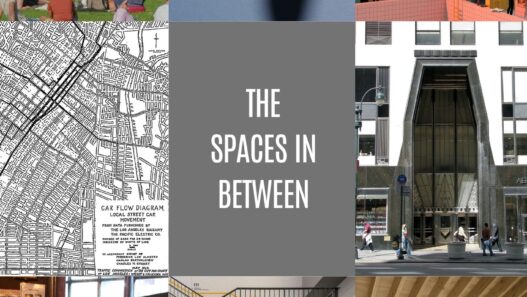

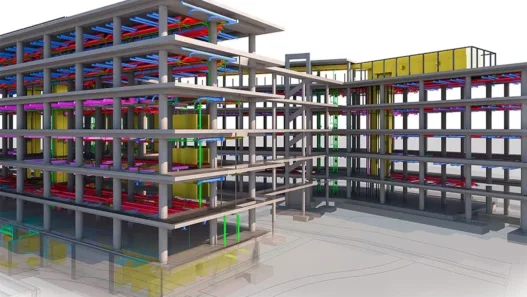

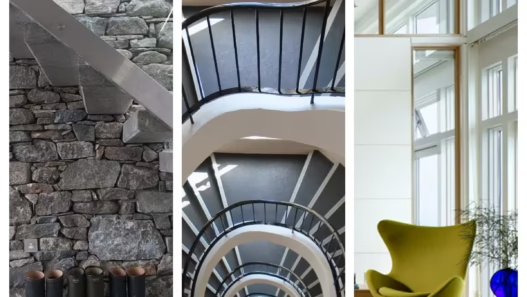
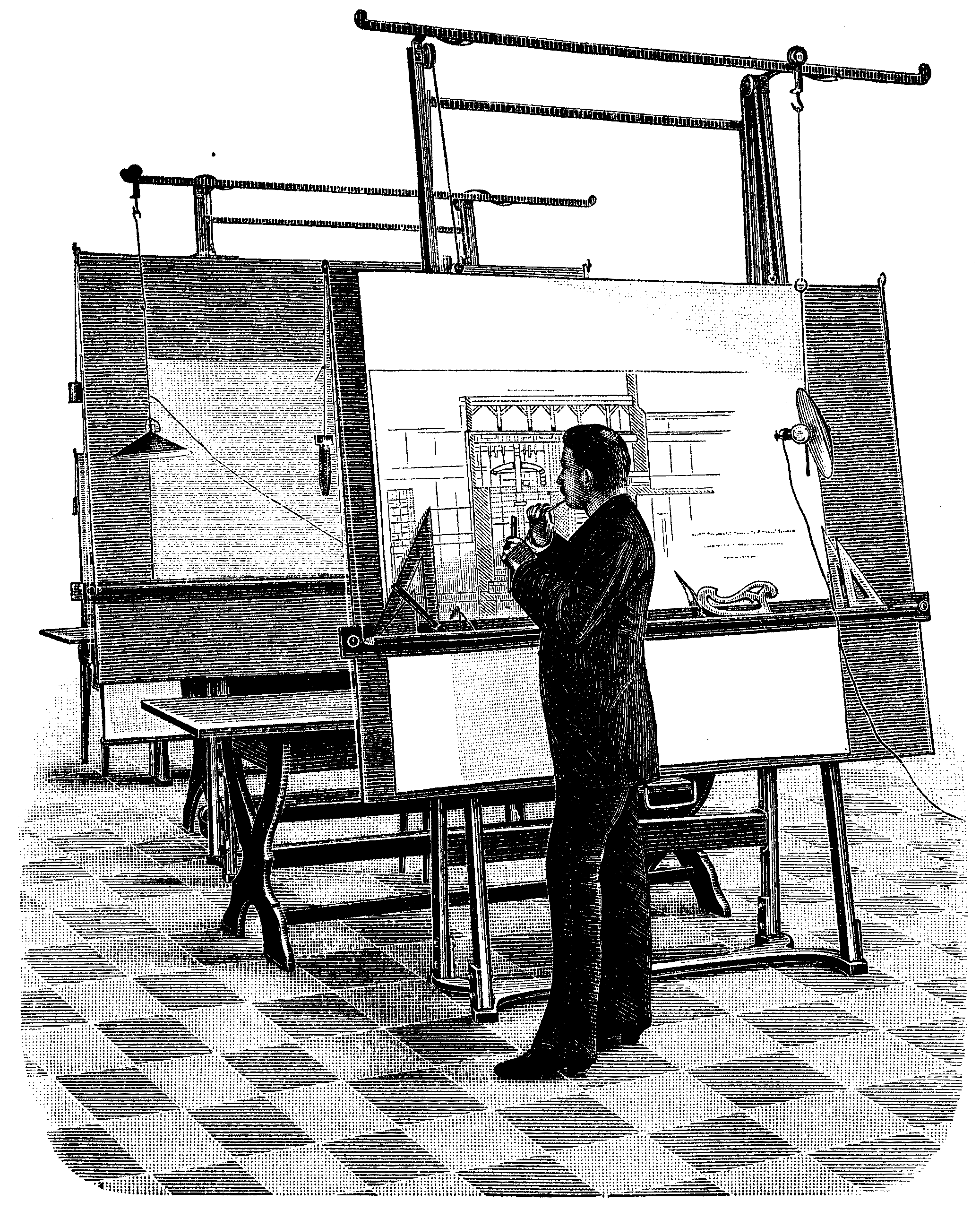

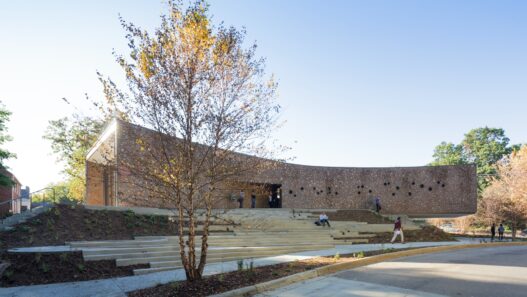

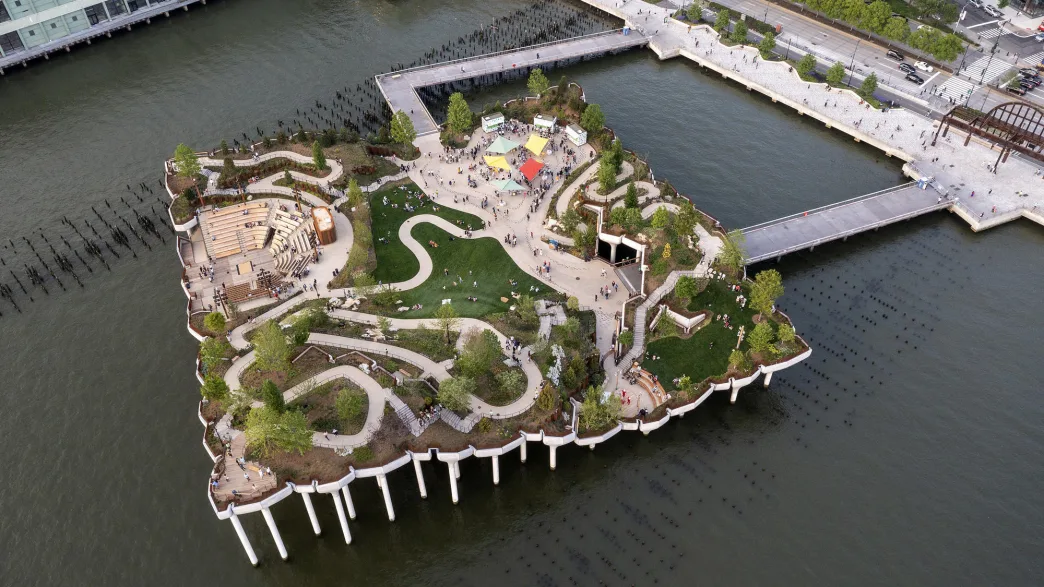
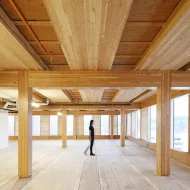

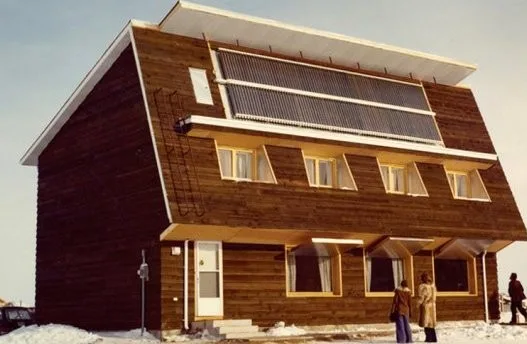
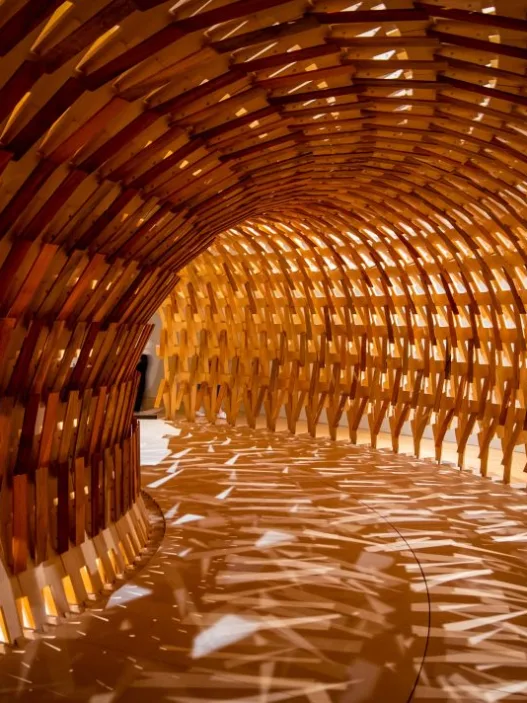






[…] Modern water features incorporate sophisticated filtration and circulation systems to maintain water quality and aesthetic appeal. Filtration methods range from mechanical filters to biological systems utilizing plants and beneficial bacteria, while circulation systems prevent stagnation and support aquatic life. (dokmimarlik.com) […]